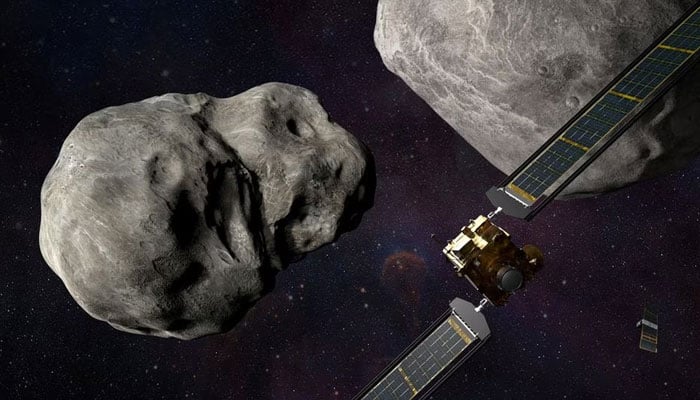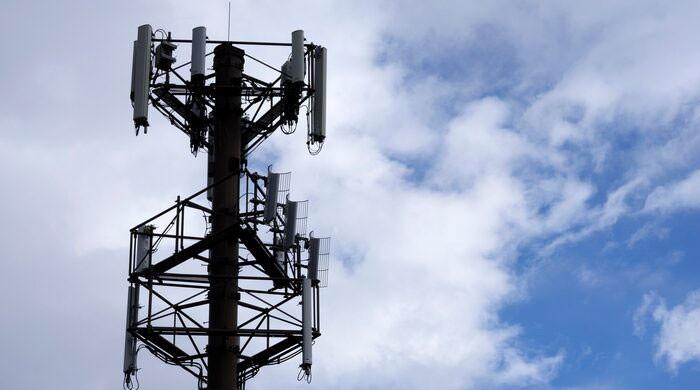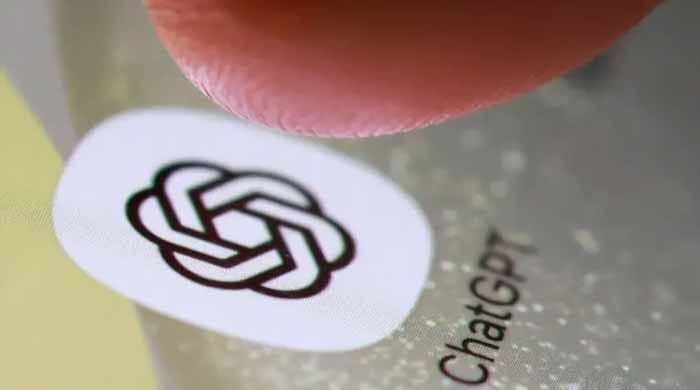What do scientists think about asteroid Phaethon 3200?
With reference to the study, scientists are wondering that some comets may not be comets but asteroids
April 27, 2023

A strange space object that was earlier thought to be a comet is Asteroid Phaethon 3200, researchers from Nasa revealed.
The asteroid appears and acts like a comet and the scientists considered its developing tail was made of dust but new research published in the Planetary Science journal revealed that the tail is made up of sodium gas.
The lead author of the study Qicheng Zang, studied Phaethon and its tail with the help of Solar and Heliospheric Observatory spacecraft.
Nasa maintained that most asteroids — made of rock — do not usually form tails as they approach the sun but the tail is usually formed by the comets that are made of rock and ice.
"A lot of those other sunskirting 'comets' may also not be 'comets' in the usual, icy body sense, but may instead be rocky asteroids like Phaethon heated up by the sun," Zhang who is also a PhD student at California Institute of Technology, said in a Nasa post.
Phaethon also causes a Geminid meteor shower annually, but most meteor showers happen due to comets. It was understandable when the scientists thought the tail of Phaethon's was made of dust because burning debris tail caused meteor showers.
After the revelation, the researchers are trying to understand Soudium has tail Phaethon is the cause of the Geminid meteor shower every year.
Zhang's team said: There may have been a disruptive event a few thousand years ago that caused Phaethon to eject the material making up the Geminid debris stream.
At the end of this decade, the researchers may be able to get more insight into this phenomenon.
Japan Aerospace Exploration Agency's upcoming mission DESTINY+ is likely to fly past Phaethon, capturing detailed images of its rocky surface which would help study any dust that might exist around the asteroid.
Phaethon was also under observation by Nasa since 2017 when it came near Earth and was declared "potentially hazardous" by the International Astronomical Union's Minor Planet Center.











